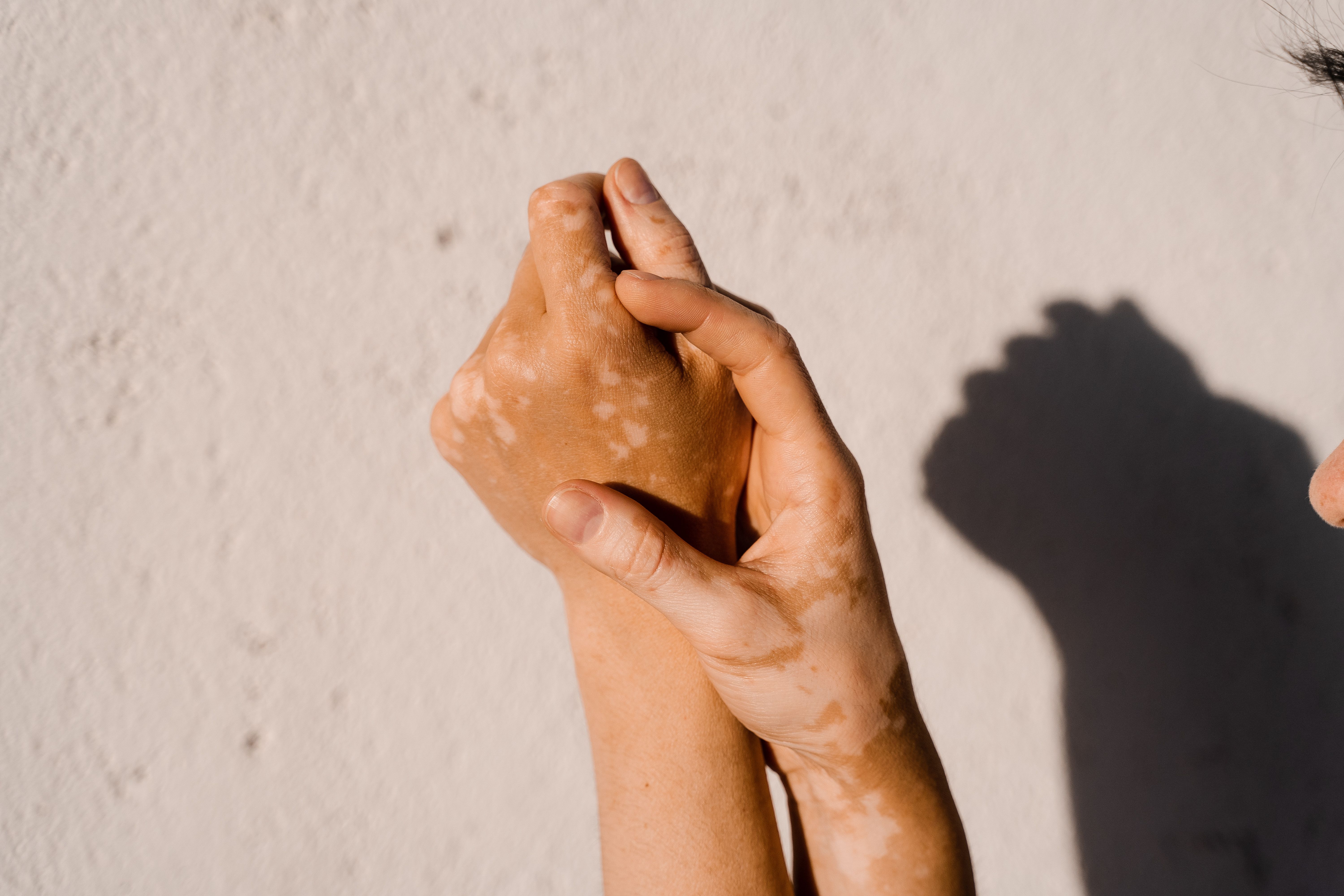- Acne
- Actinic Keratosis
- Aesthetics
- Alopecia
- Atopic Dermatitis
- Buy-and-Bill
- COVID-19
- Case-Based Roundtable
- Chronic Hand Eczema
- Chronic Spontaneous Urticaria
- Drug Watch
- Eczema
- General Dermatology
- Hidradenitis Suppurativa
- Melasma
- NP and PA
- Pediatric Dermatology
- Pigmentary Disorders
- Practice Management
- Precision Medicine and Biologics
- Prurigo Nodularis
- Psoriasis
- Psoriatic Arthritis
- Rare Disease
- Rosacea
- Skin Cancer
- Vitiligo
- Wound Care
Article
Greater Hsp70 Plasma Positivity Associated With Regressive Vitiligo
Author(s):
Despite this, researchers found that Hsp70 plasma levels did not correlate with the extent of disease.
While heat shock protein 70 (Hsp70) plasma levels did not correlate with the extent of disease in adult patients with nonsegmental vitiligo, researchers were able to identify greater Hsp70 plasma positivity in patients with more regressive disease in a recent study.1
Rabizo Anatolii/AdobeStock

The cross-sectional study was conducted in Brazil, a country where researchers said 0.57% of the population is affected and where the condition is responsible for approximately 1.6% of dermatological consultations. Researchers sought to examine the associations between Hsp70 levels and immune responses in vitiligo, as well as rates of depigmentation.
They cited the protein’s role as a link between innate and adaptive immune responses in the condition, as well as prior animal model studies wherein Hsp70 levels were necessary and sufficient in triggering depigmentation. However, in the literature, no studies have examined the correlation between these protein levels and vitiligo in human patients.
From November 2020 to February 2022, researchers collected data from adult patients with nonsegmental vitiligo (n=89). Exclusion criteria included cancer, immunosuppression, inflammatory bowel disease, and rheumatological disease. During the initial participant visit at inclusion, researchers collected demographic and disease-specific data points. They also collected peripheral blood samples from each participant to calculate Hsp70 levels.
Data collected included sex, age, phototype, level of schooling, body mass index (BMI), comorbidities, age at onset of vitiligo, duration of disease, current treatments, disease activity (regression, stability, progression), disease activity calculated by Vitiligo Extent Score (VES), and Hsp70 ng/mL.
Researchers found that there was no identifiable correlation between Hsp70 plasma levels and age, BMI, comorbidities, disease duration, phototype, or VES. Furthermore, 76.9% of participants showed altered Hsp70 values while undergoing disease regression; this number was significantly higher than of those with disease stability (n=35.7%) or with disease progression (n=37.1%).
"This finding suggests there is no alignment between the behavior of plasma Hsp70 levels and the tissue expression of Hsp70, limiting its use as a direct marker of disease severity,” study authors wrote. “In fact, other inflammatory dermatoses such as psoriasis and atopic dermatitis do not show a strong correlation between plasma markers and disease extension, either. To date, there are no studies on vitiligo in which plasma Hsp70 levels have been measured and the tissue Hsp70 concentration of the affected skin has been estimated in the same individual."
According to researchers, one potential study limitation was unconfirmed tissue expression of Hsp70.
“Plasma levels of Hsp70 did not directly correlate with the extent of vitiligo; however, greater positivity was identified in participants with the regressive forms of the disease.” study authors wrote. “Further investigations exploring plasma Hsp70 levels and the immune tolerance mechanisms at different stages of disease activity are needed to clarify the role of circulating Hsp70 levels in vitiligo.”
Reference
- Marchioro HZ, de Castro CCS, Jiacomini IG, Miot HA. Association between clinical features and Hsp70 plasma levels in adults with non-segmental vitiligo: a cross-sectional study. An Bras Dermatol. 2023;98(3):373-375. doi:10.1016/j.abd.2022.09.002
Newsletter
Like what you’re reading? Subscribe to Dermatology Times for weekly updates on therapies, innovations, and real-world practice tips.











